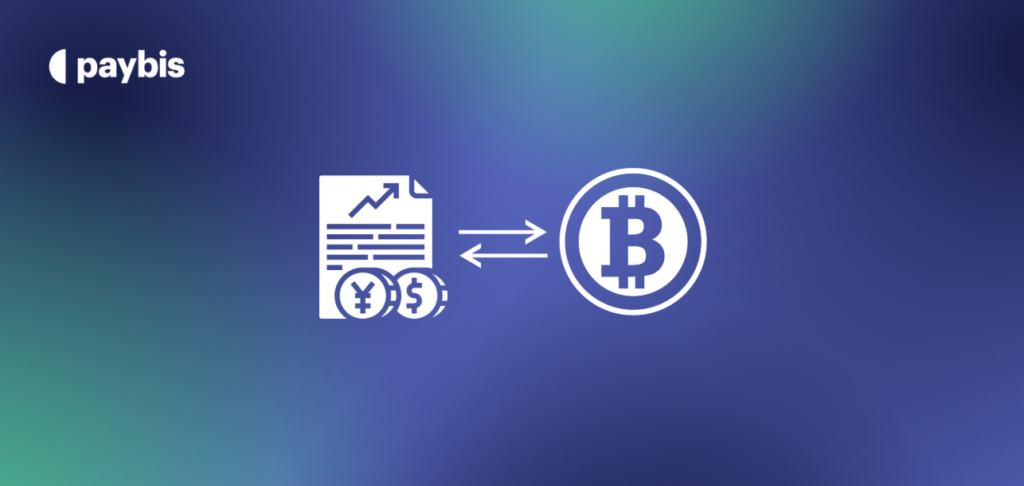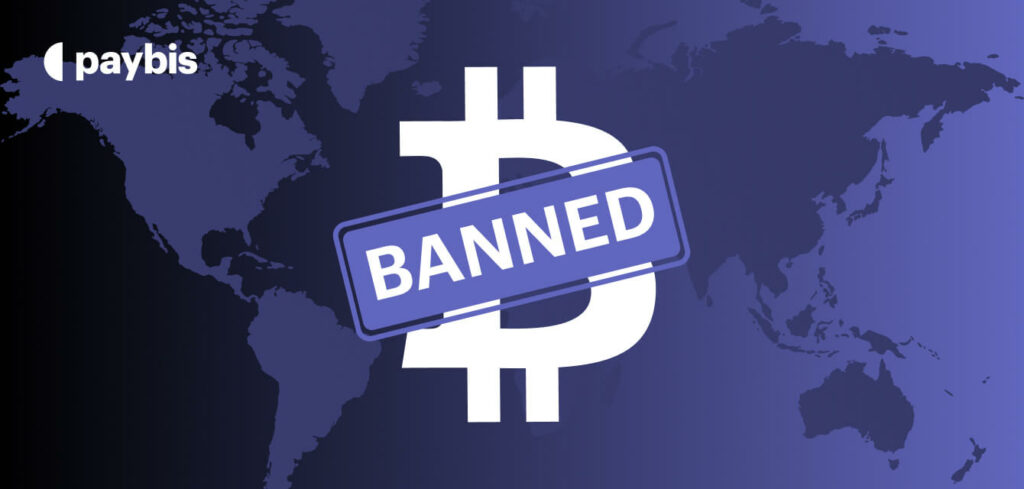Central Bank
A central bank is a national financial institution responsible for issuing currency, managing monetary policy, and regulating interest rates and inflation. In crypto, central banks influence regulation, explore digital currencies (CBDCs), and affect market conditions.
Table of contents
What Is a Central Bank?
A central bank is the authority in charge of managing a country’s monetary system. It oversees currency issuance, controls interest rates, regulates inflation, and ensures financial stability. Examples include the U.S. Federal Reserve, the European Central Bank (ECB), and the Bank of England.
Central banks play a vital role in both traditional finance and the emerging world of cryptocurrency. Their policies impact everything from fiat exchange rates to inflation levels, factors that can indirectly influence crypto markets.
Some central banks are also actively developing central bank digital currencies (CBDCs) to modernize national payments systems and compete with decentralized cryptocurrencies like Bitcoin.
Where Did Central Banks Come From?
The concept of a central bank dates back to the 17th century. The Swedish Riksbank, established in 1668, is considered the world’s first central bank. Later, the Bank of England, founded in 1694, became a model for modern central banking.
Initially, central banks were created to manage national debt or stabilize the financial system after crises. Over time, they gained more authority over:
- Issuing currency
- Setting interest rates
- Controlling inflation
- Acting as a lender of last resort
Today, most countries have a central bank that operates independently of political influence, although its decisions can have major political and economic consequences.
Central Banks and Cryptocurrency: What’s the Link?
Central banks do not issue or directly control cryptocurrencies like Bitcoin or Ethereum, but they significantly affect the crypto ecosystem in several ways:
- Monetary policy decisions (like raising or cutting interest rates) can move crypto markets by influencing investor behavior and fiat currency values.
- Regulatory actions from central banks often shape national crypto laws, such as banning exchanges or restricting token usage.
- Central Bank Digital Currencies (CBDCs) are government-backed digital versions of fiat currency. While they are centralized, they borrow from blockchain principles and represent a response to the rise of crypto.
- Currency controls and inflation management, particularly in unstable economies, can push people toward decentralized crypto alternatives.
Central banks are increasingly studying blockchain technology to modernize their financial systems while maintaining control over the money supply and payment rails.
What Do Central Banks Actually Do?
Key functions of central banks include:
- Monetary policy management: Adjusting interest rates and controlling the money supply to achieve economic stability.
- Currency issuance: Printing and distributing national currencies.
- Inflation control: Using tools like interest rate hikes to reduce inflation or stimulate spending during deflation.
- Financial system oversight: Monitoring banks and financial institutions to prevent crises.
- Foreign exchange management: Intervening in forex markets to stabilize national currencies.
These actions can affect inflation rates, consumer purchasing power, fiat value, and demand for decentralized assets like Bitcoin.
FAQ
Do central banks control cryptocurrencies?
No. Central banks do not control decentralized cryptocurrencies like Bitcoin or Ethereum. These assets operate on peer-to-peer networks that are independent of any government. However, central banks can influence the legal status of crypto and affect adoption through monetary policy.
What is a central bank digital currency (CBDC)?
A CBDC is a digital version of a country’s fiat currency, issued and controlled by its central bank. Unlike Bitcoin, CBDCs are centralized and can be monitored or reversed by authorities. Countries like China, Nigeria, and the Bahamas have already launched CBDCs, while others are exploring pilot programs.
How do central bank policies affect crypto prices?
Interest rate hikes by central banks (like the U.S. Federal Reserve) can lead to a decline in crypto prices by making traditional investments like bonds more attractive. Conversely, loose monetary policy or rising inflation often pushes investors toward crypto as a hedge.
Can central banks ban cryptocurrency?
While central banks don’t directly control cryptocurrencies, they can influence national policy. Some have banned or restricted crypto trading, mining, or payments in their countries. Others take a more open approach, allowing innovation under regulation.
Why are central banks interested in blockchain?
Central banks are exploring blockchain for its potential to:
- Improve payment efficiency
- Reduce settlement times
- Lower costs for cross-border transfers
- Provide programmable money features
These benefits are driving research into CBDCs, but central banks also want to maintain control over monetary systems while leveraging blockchain’s advantages.
Disclaimer: Don’t invest unless you’re prepared to lose all the money you invest. This is a high‑risk investment and you should not expect to be protected if something goes wrong. Take 2 mins to learn more at: https://go.payb.is/FCA-Info


